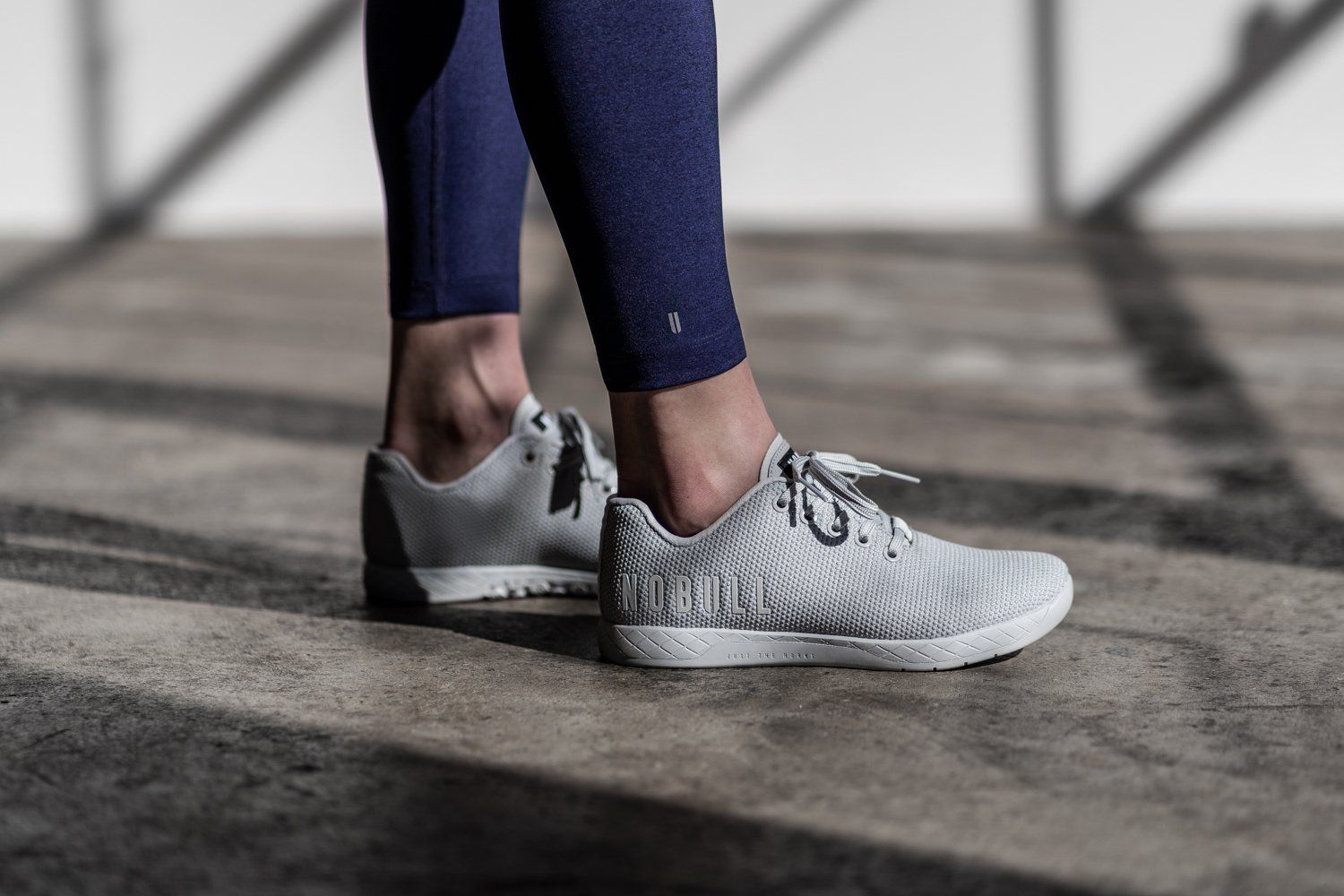Choosing the right weight training shoes can significantly enhance your performance and stability during workouts. Weightlifting involves a combination of balance, power, and control. Specialized weight training shoes are designed to provide a solid support base, allowing you to exert maximum force while maintaining stability.
Minimizing Injury Risks
Proper weight training shoes boost performance and minimize the risk of injuries. They offer reinforced soles, elevated heels, and secure straps that support your feet and ankles. These elements play a crucial role in maintaining proper form and reducing the chances of strains, sprains, and other lifting-related injuries.
The Science Behind Weight Training Shoe Design
Anatomy of a Weightlifting Shoe
Weightlifting shoes are meticulously designed with biomechanics in mind. They typically have a raised heel, which allows for greater ankle mobility and helps maintain an upright posture during squats and other movements. The solid and non-compressible sole ensures optimal force transfer from the ground to the lifter’s body.
Heel-to-Toe Drop
The heel-to-toe drop, or the height difference between the heel and toe of the shoe, is a critical factor in weightlifting shoe design. A higher heel-to-toe drop promotes better squat depth and reduces stress on the lifter’s lower back and hips. However, the ideal drop can vary based on body mechanics and lifting style.
Straps and Lacing Systems
Weight training shoes often feature straps or lacing systems that provide a secure fit. These help prevent the foot from sliding inside the shoe during dynamic lifts. The snug fit enhances stability and ensures that power is transmitted efficiently from the legs to the weights.

Choosing the Right Weight Training Shoes
Analyzing Your Lifting Style
Before investing in weight training shoes, it’s essential to analyze your lifting style. Different types of lifting, such as powerlifting or Olympic weightlifting, have unique demands. Powerlifters may benefit from shoes with a flatter sole, while Olympic weightlifters opt for a higher heel to support deep squats.
Trying Before Buying
Trying on various brands and models of weight-training shoes is crucial. You get a feel for the fit and comfort, and you can also assess how well the shoes support your feet during different lifting movements. Remember that comfort and functionality go hand in hand.
Taking Care of Your Weight Training Shoes
Proper Maintenance
To prolong the lifespan of your weightlifting shoes, proper maintenance is key. Wipe them down after each workout to remove sweat and dirt. Store them in a cool, dry place to prevent odors and mold growth. Regularly inspect the straps, laces, and soles for any signs of wear and tear.
Alternate Your Shoes
Rotating between two pairs of weight-training shoes can also extend their longevity. This allows the materials to breathe and recover between workouts, reducing the risk of premature degradation.
